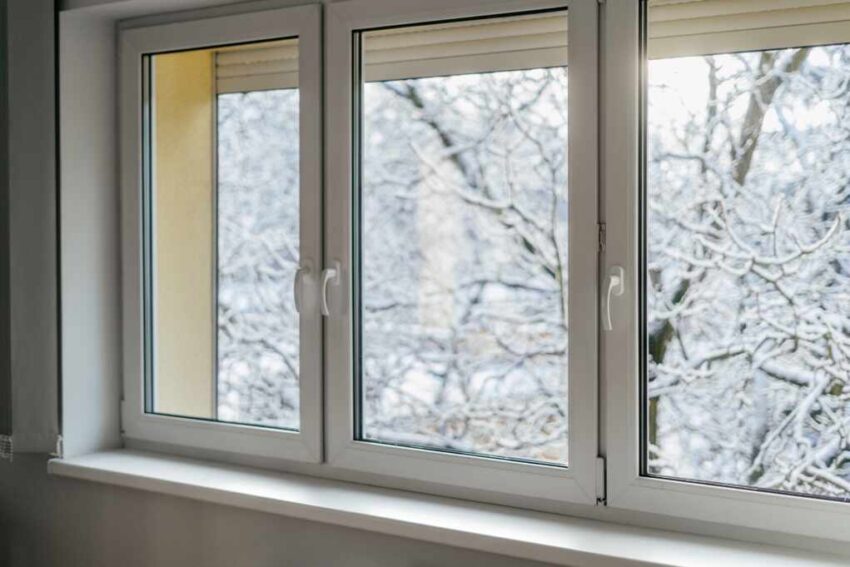A powerful Arctic front sweeping into the Pacific Northwest this week is expected to dump up to two feet of snow at high elevations, but lowland cities like Seattle and Portland will remain dry with warm, sunny skies through Independence Day.
Coastal Calm, Mountain Turmoil
The Arctic air mass, driven by a strong upper-level jet stream, will funnel bitterly cold air into high mountain zones of Washington, Oregon, and Idaho. According to AccuWeather, snowfall could exceed 24 inches above 5,000 feet, particularly in the Cascades and parts of the Northern Rockies. The same system may deliver strong winds and whiteout conditions along mountain highways like Snoqualmie and Stevens Pass.
In contrast, Seattle will enjoy highs in the low to mid‑80s with mostly sunny skies, as noted in the latest NOAA forecast. There’s no risk of snow or freezing temperatures at sea level, and Independence Day celebrations should remain unaffected in lowland regions.
Watch a report: Northwest Faces Cold Surge and Mountain Snowfall
Elevation Matters: Travel and Safety Risks
The sharp contrast in weather by elevation has prompted warnings from park officials and emergency services. Hikers and drivers planning trips through elevated terrain should expect sudden temperature drops and snow accumulation. The Washington State Department of Transportation has advised carrying chains and emergency supplies when traveling across mountain passes this week.
This Arctic system echoes the early-season cold surge of December 2024, which brought record snowfall to the Upper Midwest and triggered power outages across multiple states. However, meteorologists stress that this week’s system, while potent, is unlikely to replicate those extremes at lower elevations.
Early Summer Warmth Persists at Low Elevations
Despite the dramatic headlines, most residents of Washington and Oregon will continue enjoying summerlike conditions. Daily highs in Seattle and Portland will hover in the upper 70s to low 80s through the weekend, with nighttime lows in the mid‑50s, according to the National Weather Service. Light breezes and mild humidity levels make it ideal for outdoor gatherings, festivals, and travel.
In short, the cold may be crashing the mountains—but summer is still showing up strong in the valleys. Just watch the elevation, and you’ll know whether to pack sunscreen or snow boots.
Click this link for the original source of this article.
Author: Editor
This content is courtesy of, and owned and copyrighted by, https://thecongressionalinsider.com and its author. This content is made available by use of the public RSS feed offered by the host site and is used for educational purposes only. If you are the author or represent the host site and would like this content removed now and in the future, please contact USSANews.com using the email address in the Contact page found in the website menu.








